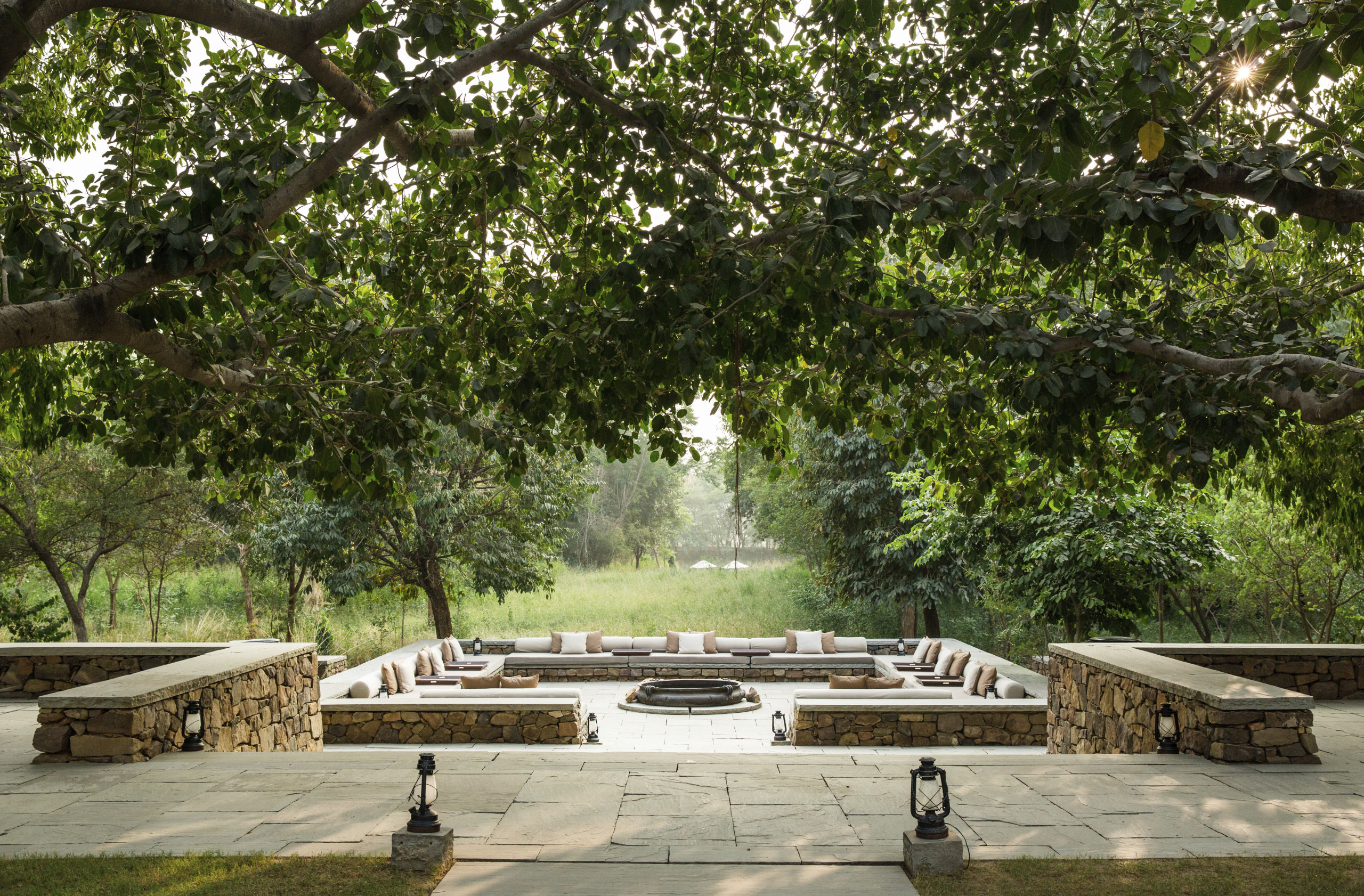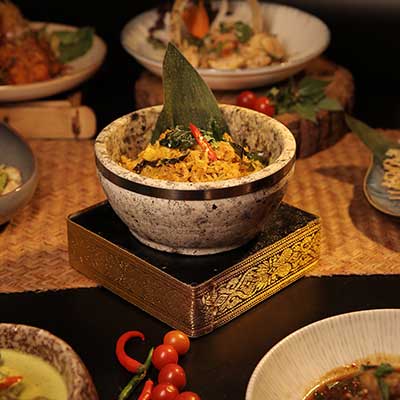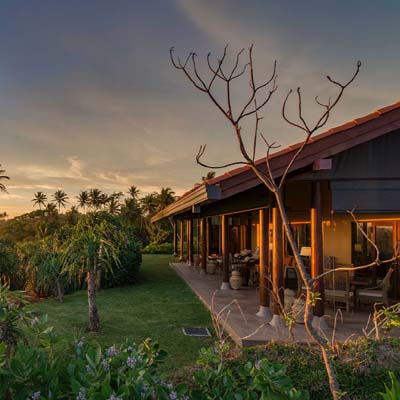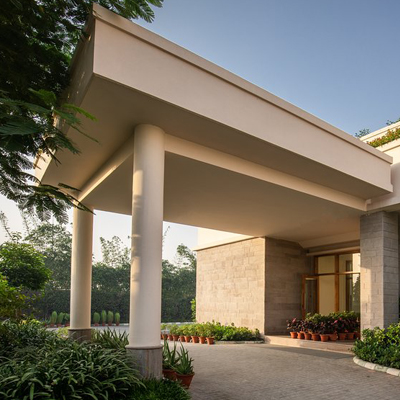
In a fast changing world, the idea of luxury is also something which is constantly evolving. In the last few years, with a worldwide rising concern on climate change and environmental impact of businesses, sustainable luxury has become a defining principle of reputed brands.
In India, hospitality is one of the sectors which most strategically trying to incorporate sustainable ideas while providing world class luxury experiences to their patrons. Most of the leading hospitality chains have undertaken some very pioneering interventions towards making luxury socially and environmentally responsible.
One of the market leaders in the segment, Aman-i-khas, a luxury wilderness camp in Ranthambhore, is extremely cautious in maintaining world class luxury yardsticks, while being environmentally cautious and engaged with the local communities for smooth functioning.
The camp makes sure its design and operations are in sync with the local surrounding and environment. It also constantly strives to engage with the local communities, actively involving them in day to day operations.
It places sustainably as the core practice in whatever it does. According to AnandShekhawat, general manager Aman India, it starts from a purpose and then it filters down to the minutest of the detailing. “The small steps we take across the camp’s operation bring a whole lot of difference in the conservation.” Utmost care is being taken to minimize camp’s ecological impact.
Emphasis on local sourcing
Most of the raw material at the camp’s kitchen, including vegetables, fruits and herbs comes from in-house organic gardens. The herbs and spices that are not grown at the camp are sourced from local communities. For example, Aman-i-Khas sources herbs and spices that are not grown at the camp from the neighboring villages, such as chillies from Chhan and coriander from Kota. This not only engages the local community but also ensures the quality and freshness of the product.

Also, the requirements of ghee and milk are fulfilled by inhabitants of villages around the Camp.
Engaging local communities
The Camp closes in June and reopens in September. Re-opening the camp every year is like starting a new hotel. It takes a month to dismantle and another 40-45 days to put the tents back at the camp, requiringa lot of capital and human resources on just stitching a tent for which the Camp engages local artists.
Newly erected cotton tents at Aman-i-Khas last for 3 years, basically 3 seasons, each season spanning across 7 months.Once discarded, the Northern side of the tent, where the sun’s exposure is limited, is used to make tiny makeshift tents which are given to local administration or to homeless people. The remaining part of the tent is utilized to make tote bags and proceeds of the sales of the bags go to the disabled schools the Camp supports.
Additionally, they regularly train villagers on the benefits of using the right technology, whether it’s for high yields or better crop survival or composting process.
The Camp also works with NGOs engaged in empowering women. For eg.before the camp reopened in September, a Chef at Aman-i-Khas took a session with 20 women on how to prepare pickles in Olive oil,” Anand told The Luxe Cafe.
Environmentally responsible/ Zero waste Policy:
Whatever comes in the camp, doesn’t go out.
For everything that comes in the camp, the amount of things that goes in the waste is equally high. “We have a rule — the waste doesn’t go out. So we have to find ways to use it. And then be careful as well,” says Shekhawat, adding, “We follow a strict rule of ‘No Plastic’ in the property. We tell our suppliers not to get any plastic at the camp”.
As a policy, Aman-i-khas grinds spices at the property to avoid plastic packets coming to the property. Spices that are not grown in the camp are sourced directly from neighboring farmers. This not only provides employment and better price to the local community but also ensures the spices are procured properly for the best quality.
The camp generates revenue from the things that don’t get consumed. “Our metal scrap gets sold, and can be recycled. Part of the tent cotton which has no use is put back in compost. The lindt that comes out from laundry washes is utilized for making Paper. The Camp has even set up a unit for paper making. May be someday we can put this unit to commercial use,” says Shekhawat.
The used/unwanted paper is also given another life through ancient art called paper mache to store grains or make little things like baskets to give away.
The camp is also careful of the Coal it uses for campfires. Tiny particles of coal are segregated from the ash that comes out of Campfire and used to make small coal brackets which are again reused for tandoors and other purposes.
Every tent uses 15 tons of AC unit to maintain the temperature inside. To ensure they consume less energy, Aman-i-Khas upgrades the air-conditioning to the latest technology. Additionally, the camp also uses solar power to generate at least 40 per cent of the energy consumed.
While India is still way behind the global curve on carbon neutrality, the strategic interventions by brands like Aman provide a hope that the future is bright and in the near future, India will evolve as one one the most sustainable economic destinations in the world.










